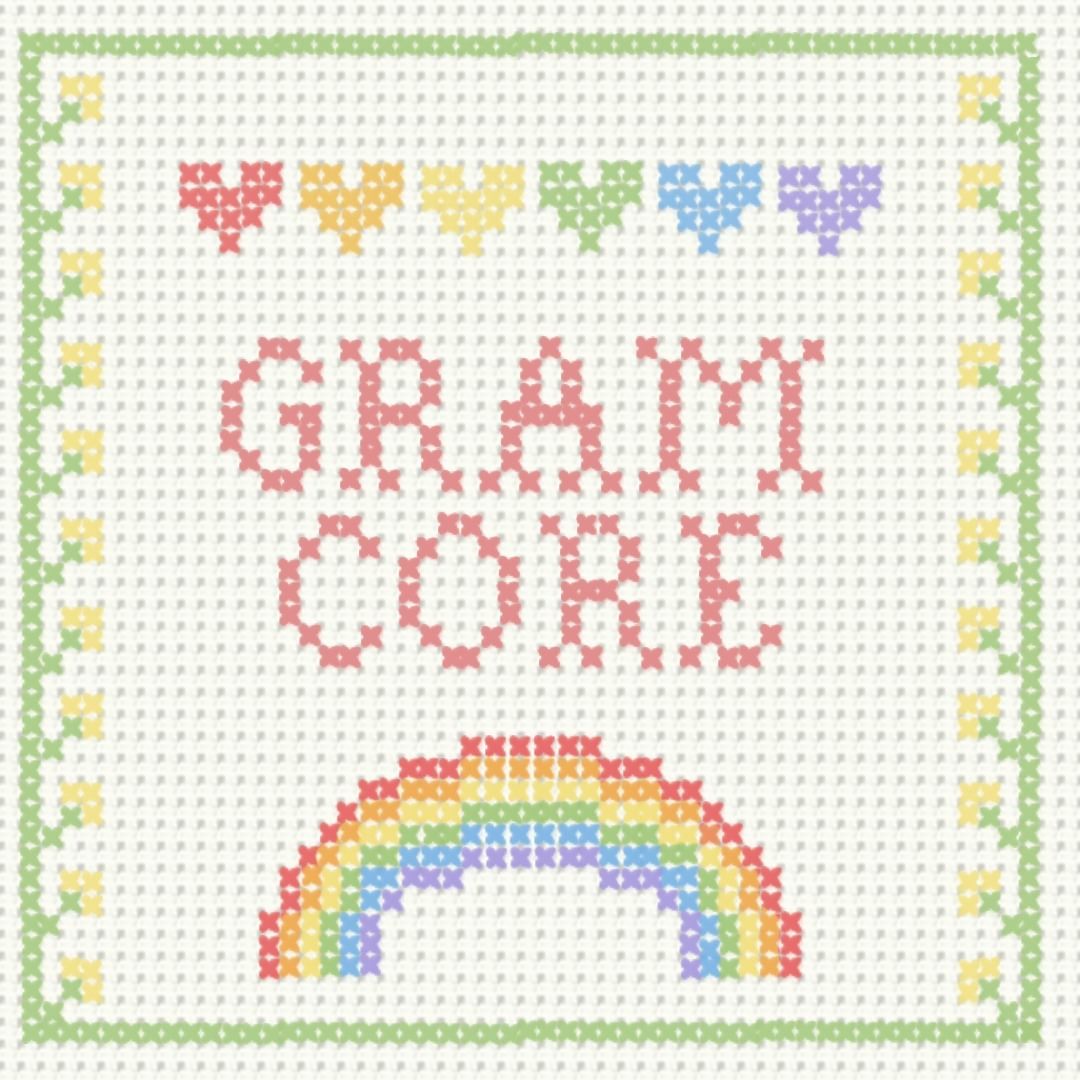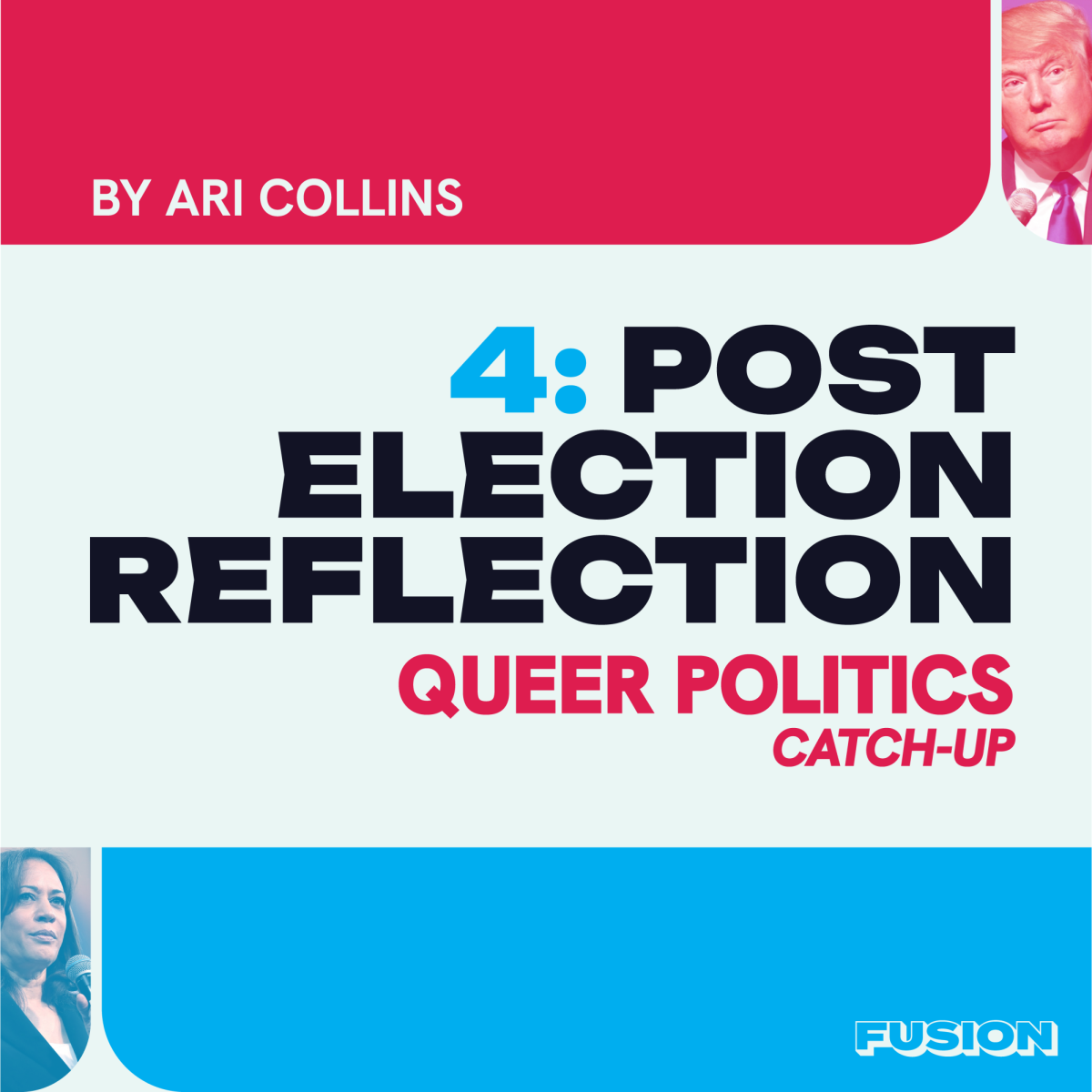
Earlier this week in her blog, Marie Claire, Maura Kelly posted a pretty scathing commentary on the painfully-unfunny CBS sitcom Mike and Molly–and chubby love in general–that received national attention. Her main point? That watching fat people make out is gross because they are choosing to be unhealthy.
And while I think our country’s obsession with physical perfection is unhealthy, I also think it’s at least equally crazy, albeit in the other direction, to be implicitly promoting obesity!
–Kelly
As politically incorrect (sorta) as her statements may be, MK is spot on in her analysis. We are not talking about actors with a few extra pounds, love handles or “padding.” Being as fat as these characters isn’t healthy for anyone. Science has proven that obesity increases the risk of a wide range of health problems. This isn’t to say that skinny people are healthy; they simply have one less factor working against them.
Propping up Mike and Molly-like characters in front of us and not addressing the obesity problem glorifies it and forces its acceptance. What would the backlash be if a network developed a similar show centered around smoking? Two blue-collar characters hooked on nicotine meet at a cessation program and hilarity ensues. Watch as they bond and fall in love over their mutual need for cigarettes.
But to be fair, the characters are trying to lose weight.
Blogger and activist Lesley Kinzel of Fatshionista, responded with the standard response given by overweight people when someone mentions the risks of being fat.
“Nobody really cares about the fat stranger’s health; that’s just a story we tell ourselves so we feel less shallow and cruel for thinking they’re disgusting.”
-Kinzel
Kinzel fails to realize that maybe there are people who find obesity so unattractive because it is unhealthy–similar to smoking or hygiene. It’s gross because of what it implies about the person, not just because they are fat.
The media–from television to music, movies and even news reporters–absolutely discriminate against body types that vary from the slim and shapely ideal. This needs to change, but not to include people who are making poor choices regarding their health and eventual quality of life. The bodies that we adore can vary from the naturally slender to the “thick” and curvy–and none need be perfect–but all of them need to be healthy and appropriate for the body composition of the individual.
I’ve been overweight since grade school. Being fat is not fun, and the problems that bother me the most have nothing to do with my aesthetic appeal. I can’t wear certain skirts or dresses because my thighs chaff. I avoid the stairs because they leave me a little breathless. I have been told I have an enlarged heart. I bump into things–especially in narrower spaces. I will probably need to have a knee replaced before I am 50. Shopping for necessary clothing on a tight budget is more difficult. Etc. etc.
This isn’t about being disgusting or even simply undesirable. This is about the importance of putting your best possible self forward mentally, emotionally and physically.
Amendment November 11, 2010:
This is what I mean when I say healthy bodies of different shapes and sizes.

If you take a look at the slideshow on Glamour’s website, you’ll notice that cellulite wasn’t touched out of several of the photos. These are the bodies of real women who haven’t even been edited to look like ideal plus-sized bodies (without any “folds” or “pooches”).
Here are a few more examples.
America Ferrera, Jennifer Hudson, Queen Latifah, Whitney Thompson, Emme Aronson, Velvet D’Amour, Chloe Marshall, and Toccara Jones. I realize this list is painfully short, but we still have a ways to go before the mainstream media is inclusive of diverse body types.
This is not healthy.


Being obese is detrimental to a person’s health and quality of life. It is possible some women are able to be obese and still be healthy, but the average person shouldn’t look at this and say that either sort of body is okay. Both are not.


































